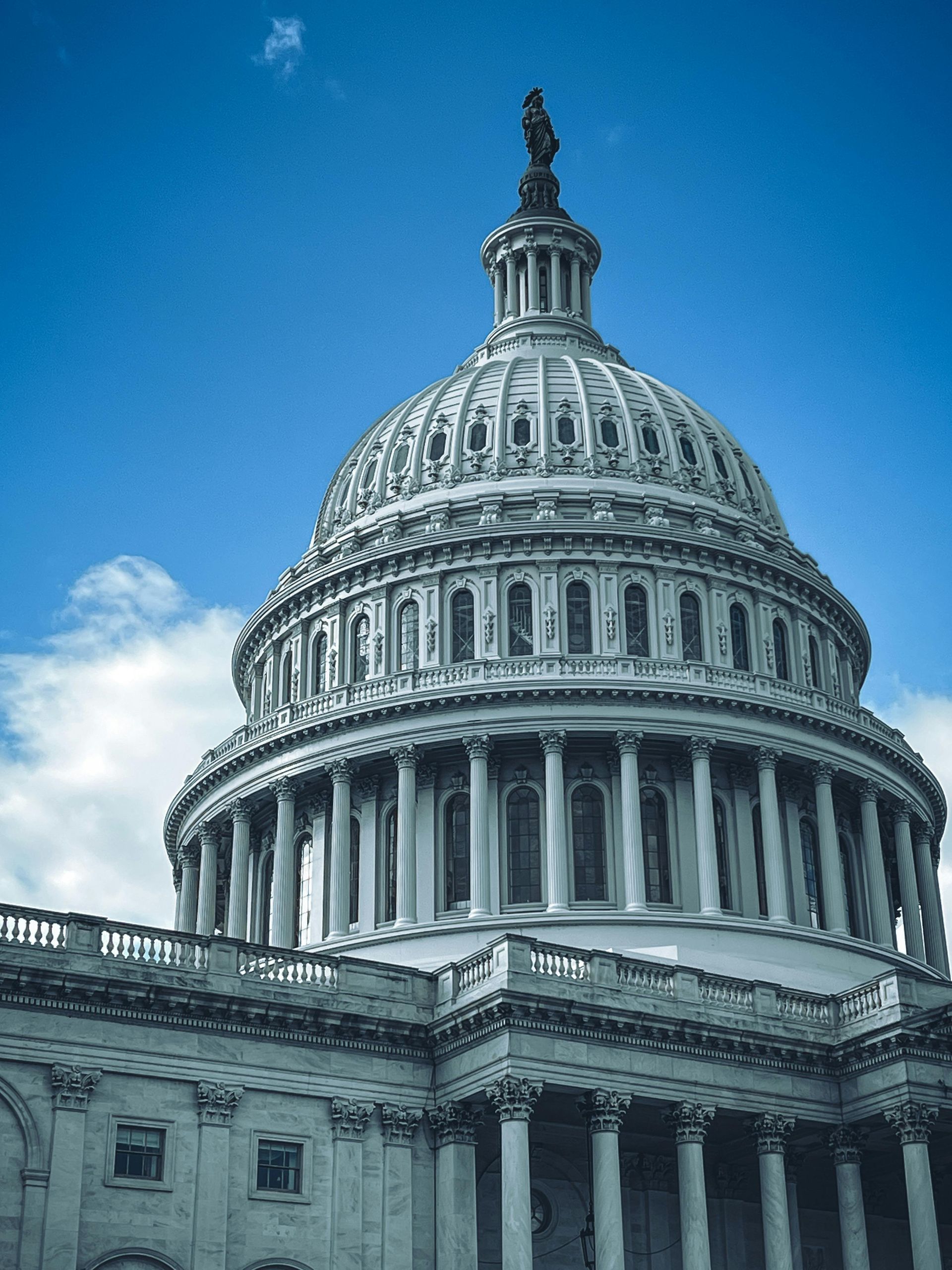2025 Single Audit Update: What Grantees and Auditors Need to Know
2025 OMB Compliance Supplement Now Available
The 2025 OMB Compliance Supplement has been released, and it represents one of the most consequential updates in recent years. This annual guide is essential for federal grantees, auditors, and pass-through entities—it sets the compliance expectations that will govern Single Audits for fiscal year 2025.
At the heart of the new Supplement is Appendix V (Section 8-V: List of Changes), which outlines what’s different from 2024. Below, we walk through the most important updates and what they mean for your organization.
1. Dual Framework for Compliance Testing (Part 3: Compliance Requirements)
One of the biggest changes is the introduction of two parallel compliance sections:
- Part 3.1 – For awards subject to the pre-2024 Uniform Guidance (UG).
- Part 3.2 – For awards governed by the 2024 UG revisions (effective October 1, 2024).
This means auditors—and grantees—must now evaluate which version of the Uniform Guidance applies to each award. For entities with both pre- and post-2024 awards, this adds complexity and demands clear tracking of funding sources.
Notable updates within Part 3 include:
- Section B (Allowable Costs), Section F (Equipment & Real Property), and Section I (Procurement) revised for 2024 UG alignment.
- Section L (Reporting) now directs to SAM.gov for subaward reporting, reflecting the full retirement of FSRS.
2. Extensive Program Updates (Part 4: Agency Program Requirements)
Section 8-V shows that dozens of federal programs and clusters were updated, added, or retired. Some of the most notable:
- New Programs:
- Summer Electronic Benefit Transfer (EBT) for Children (USDA)
- Title IV-E Prevention Program (HHS)
- Greenhouse Gas Reduction Fund initiatives (EPA)
- Major Revisions:
- Housing programs under HUD (e.g., CDBG-DR, Housing Voucher Cluster, Supportive Housing).
- Education programs including Title I and English Language Acquisition grants.
- Health programs like the Medicaid Cluster and CHIP, with updated compliance details.
- Phasing Out COVID-19 Programs: Pandemic-era programs remain listed but with reduced emphasis as funding winds down.
For grantees, this means compliance testing scope will look different than in prior years, especially in housing, nutrition, and environmental funding streams.
3. Revisions to Clusters and Internal Controls
- Clusters (Part 5): The Research & Development cluster was clarified to explicitly include NSF and NIH awards. Program names were updated to align with SAM.gov, reducing confusion in program identification.
- Internal Controls (Part 6): Language shifted from “non-federal entity” to “recipient and subrecipient”, reinforcing accountability throughout the funding chain.
- Auditing Programs Not Included (Part 7): Similarly revised to emphasize both recipients and subrecipients.
This language shift is more than semantics—it signals OMB’s expectation that pass-through entities strengthen oversight of subrecipients.
4. Appendices: Critical Updates
- Appendix I–III: Updated lists of excluded programs, codified agency guidance, and agency audit contacts.
- Appendix IV (Higher Risk Programs): Refreshed with the latest risk designations, which directly affect major program determination.
- Appendix V (List of Changes): The definitive list of updates for 2025 (see Sections 1–3 above).
- Appendix VII (Other Audit Advisories):
- Reinforces the transition from FSRS to SAM.gov for all subaward reporting (effective March 2025).
- Highlights audit threshold increases.
- Notes audit deadline extensions granted for recipients impacted by Hurricanes Helene, Milton, and the California wildfires.
5. Audit Threshold Increases and Practical Implications
The audit threshold under Subpart F has officially increased:
- From $750,000 to $1,000,000 in federal expenditures, for fiscal years beginning on or after October 1, 2024.
Impacts:
- Smaller entities may now fall below the audit requirement.
- Larger recipients will see no reduction in audit scrutiny, but major program determinations may shift under the higher threshold.
- Auditors must navigate the dual framework (pre- and post-2024 UG) when planning and executing audits.
6. Practical Takeaways for Grantees
- Determine which UG rules apply to each of your awards—document this clearly.
- Update policies and procedures to align with the 2024 UG revisions, especially procurement and reporting.
- Prepare for SAM.gov reporting if you haven’t transitioned already. Subaward reporters need active SAM.gov accounts and permissions.
- Review program-specific updates in Part 4 to anticipate where your compliance testing will change.
- Work closely with auditors early to clarify which parts of the Supplement apply to your portfolio.
Final Word
The 2025 Compliance Supplement is a transition document—bridging old and new Uniform Guidance rules, phasing out pandemic-era funding, and strengthening federal oversight mechanisms.
For grantees, the message is clear: documentation, adaptability, and proactive planning will make the difference between a smooth audit and one filled with findings.
Award Advisors will continue to help recipients interpret these changes and build audit-ready systems that withstand federal scrutiny.
You can download a copy of the Draft 2025 OMB Compliance Supplement here.



